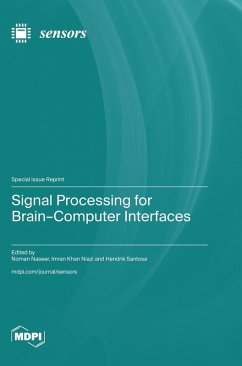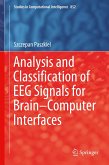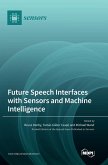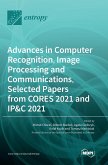With the astounding ability to capture a wealth of brain signals, Brain-Computer Interfaces (BCIs) have the potential to revolutionize humans' quality of life by processing these brain signals for controlling external devices. Being an emerging and innovative field, BCIs offer numerous applications in various fields of life, including robotics, education, prosthetics, security and communication technologies. Processing neuro-physiological signals, a major component of BCIs, involves further procedures of (1) noise removal, (2) feature extraction and (3) classification. Pre-processed signals are subject to various noises, including power line noises, physiological noises, motion artifacts and interference noises. These noises can affect the efficiency of the entire BCI procedure. For this reason, noise removal algorithms are utilized for noise removal or reduction. Next, the process of feature extraction begins, in which algorithms are used to acquire relevant task-based features. This phase acquires data based on spectral, spatial and temporal domains. The last step for signal processing is classification, whereby the acquired and processed features are converted into viable commands, which ultimately control external devices. This reprint focuses particularly on these three signal-processing techniques.
Bitte wählen Sie Ihr Anliegen aus.
Rechnungen
Retourenschein anfordern
Bestellstatus
Storno









